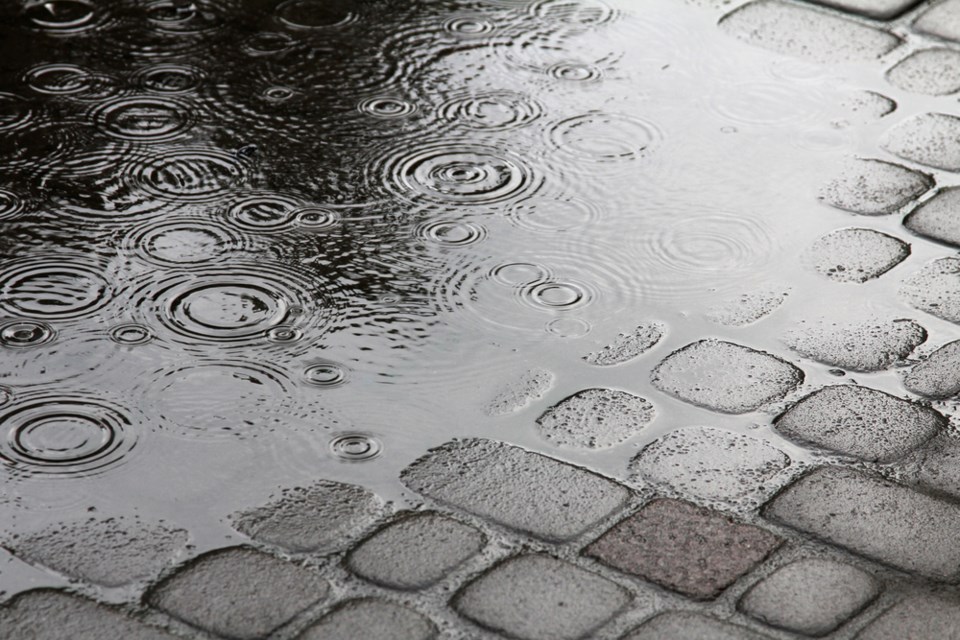Mother Nature has presented much of Saskatchewan with the first of three conditions that can lead to spring flooding.
Soil saturated by fall rains can’t absorb more moisture from spring thaw, leaving two conditions before flooding can occur. Heavy snowfall and a quick spring thaw could cause flooding.
At this point, the Saskatchewan Water Security Agency (SWA) predicts favourable conditions for higher than normal spring runoff in most of southern Saskatchewan, but only potential for flooding.
Impacts that would cause potential flooding include snow and fast melt times but the WSA November freeze-up report indicates near normal precipitation and above normal temperatures for the first three months of 2020.
The majority of Saskatchewan’s drought was alleviated by above normal rain in summer and fall, setting the stage for potential floods.
The Swift Current area and the Souris River basin are among the wettest spots in the south.
Year-to-date precipitation in the Moose Jaw census area is the third wettest in 70 years with almost three times normal precipitation.
The south-central area around Coronach to Assiniboia had over 200 per cent of normal precipitation.
The Swift Current census division got almost three times normal moisture for the third wettest in 134 years.
Estevan with 4.4 times normal precipitation is the second wettest in 103 years.
Not all of the province left the fall all wet.
Key Lake and La Ronge, respectively with 75 per cent and 53 per cent of normal moisture, saw the 14th driest years out of 43 and 55 years
The WSA will provide a spring runoff forecast in February.
Ron Walter can be reached at [email protected]




